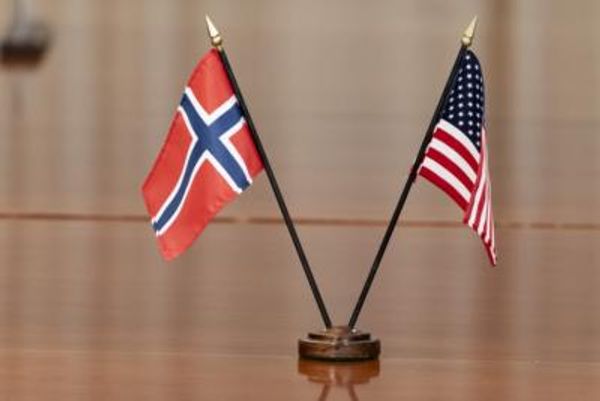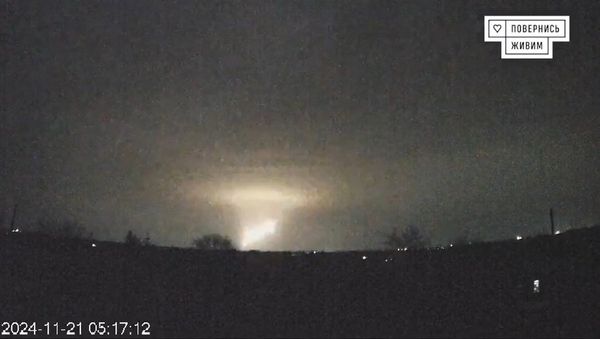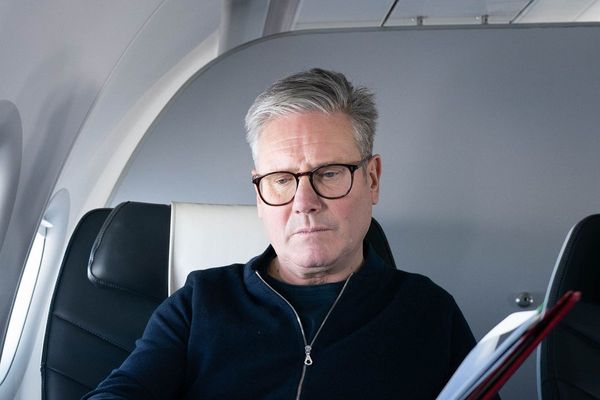
Many villagers of the Fur – the largest tribe in the Marra mountains of Darfur, western Sudan – have taken refuge in this rugged natural fortress controlled by the Sudan Liberation Army. The country's last pocket of armed rebellion has been targeted by the government since 2003. In 2021, two photojournalists visited the region to reveal a proud people who refuse to be seen as victims.
In December 2021, journalists Edouard Elias and Abdulmonam Eassa travelled through the Marra mountains, accompanied by local guides and donkeys, carrying their photographic equipment, just like explorers might have done in centuries gone by.
They explained that 'roughing it' was one sure way of slowing time down, getting to know the land, its people and its climate.
Using donkeys and walking were in fact the only ways to reach the outcrops of the Jebel Marra, where cars and trucks have no chance on the steep rocky paths.
Darfur, in western Sudan, is a region nearly the size of France, home to 6.7 million people, or 20 percent of the population.
For decades, the Fur and other groups have been living in the shadow of a conflict pitting government forces and Arab militias, known as Janjaweed, against the Sudan Liberation Army (SLA) which has made its base in these rugged mountains.

Since 2003, the fighting has seen thousands killed and millions displaced, giving rise to one of the world’s most horrific humanitarian tragedies.
Most news from Darfur tends to ignore the individual stories and messages that these people want to communicate.
An this was an imbalance that Elias and Eassa, who met in Sudan after time spent reporting in Syria, wanted to remedy.
The pair decided to work together, “putting their egos aside”.
They used a field camera, which can take only one picture at a time and requires a long time to set up. This fastidious, old-fashioned way of working meant they spent more time listening to what the people had to say, building trust and mutual respect along the way.
Not just victims
The main objective was to hand over the story-telling process to the local people. Part of the project involved printing out copies of the black and white photographs each evening and asking the people to write a message on the borders.
Some wrote of the violence they had suffered, the loved ones killed, the villages destroyed. Others wrote about their connection to the land. Children drew pictures and spoke of what they wanted to do when they grew up. People thanked the journalists for allowing their messages to be shared with the outside world.
“We didn’t want to just look at the people as victims, we wanted them to present themselves,” Elias explained to RFI at an exhibition of the pair’s work in Bayeux, Normandy earlier this month.
“If they want to speak about tragedy or what they lived through, about how militias came and killed people in the camp, they could also do that. We let them do what they wanted to. This was very important for us. It’s a way of sharing with people”.

A distant echo of a wider conflict
Against the background of Sudan's broader political chaos, 1,000 kilometres distant from the capital, Khartoum, the Fur continue to resist, in their own way, in their own words.
Words that the photojournalists insist are ones of hope and resilience.
“In our country, we aim to rehabilitate and develop our language. There are people trying to demographically modify Darfur. We will not give an inch of our land despite the severity of our misfortunes,” writes Tina Yia Tomani Ki, a 20-year-old teacher.
Many of the texts framing the stunning black and white photographs, are calls for a return to peaceful coexistence of all tribes with respect for freedom of opinion and worship.
“Plurality and diversity are the sources of the people’s strength. The fight will thus continue until justice prevails on the mountain tops,” writes one young man, Mohamad Abdul Majid.
Elias and Eassa’s exhibition “Don’t Weep, it's our Country” at the Radar gallery in Bayeux, is open to the public until 30 October 2022.







